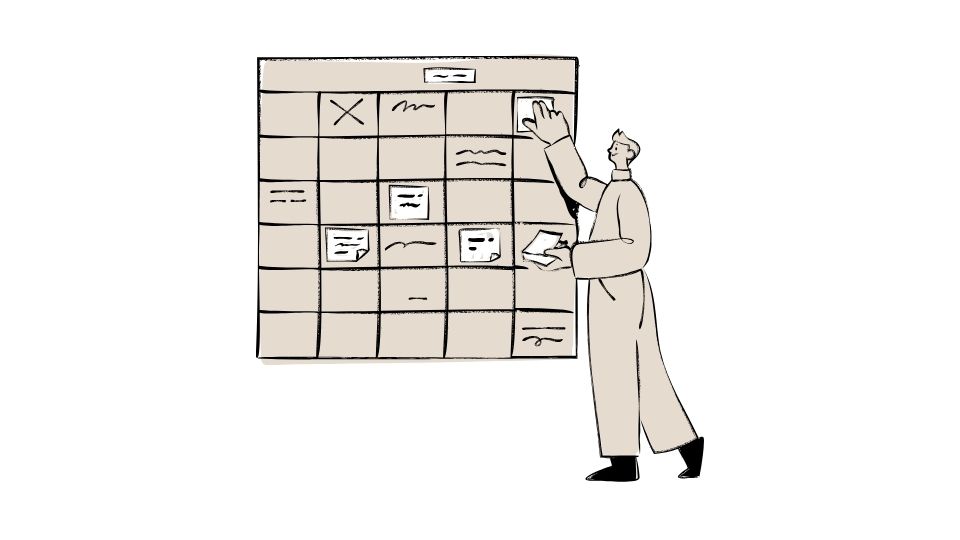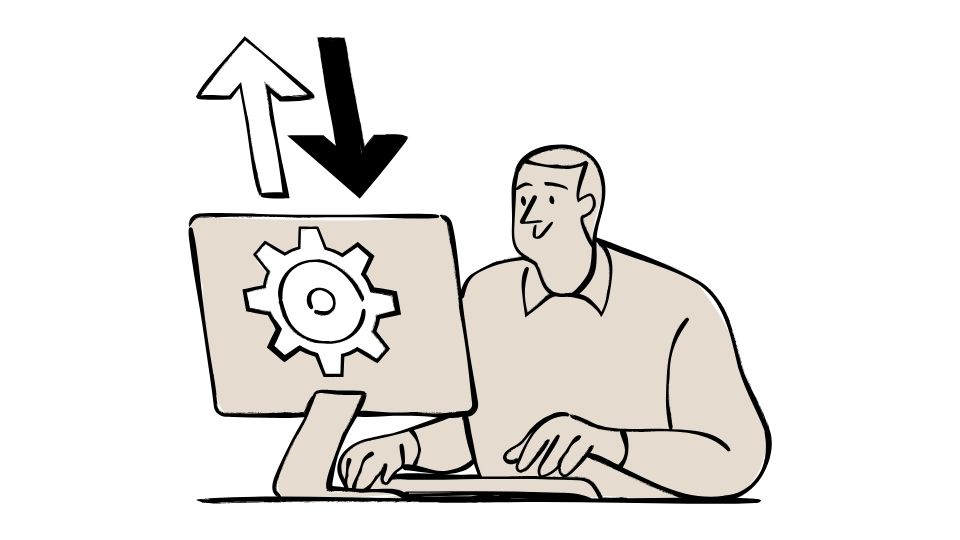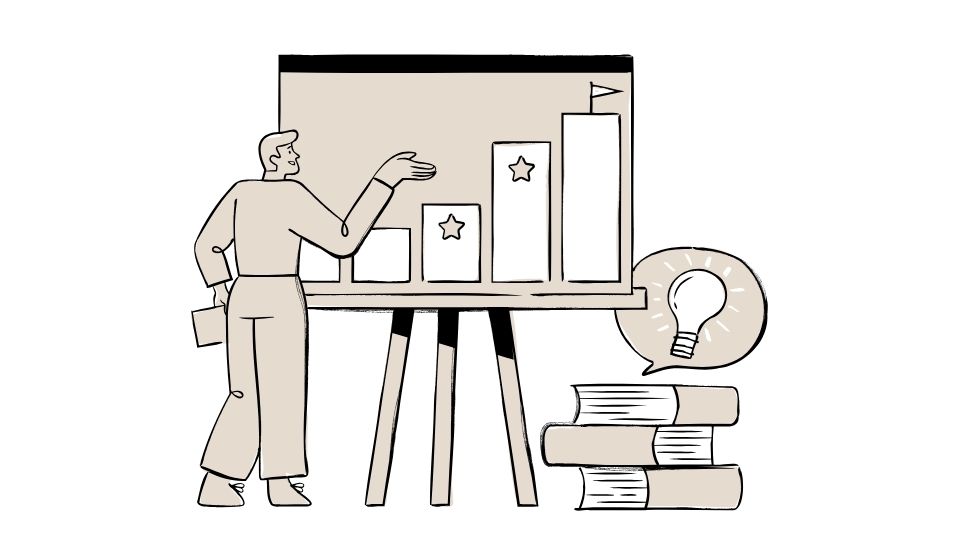How to Submit an Abstract That Gets Accepted at Health Equity Conferences

Thinking about sharing your health equity work at a conference? Maybe it’s groundbreaking research on closing gaps in care, a powerful community intervention, or innovative policy ideas to fix our broken healthcare system.
Whatever your contribution, getting your abstract accepted means following some specific rules – and I’m here to help!
Let’s break down exactly how to craft a winning health equity conference abstract – from picking the right conference to hitting that submit button (and hopefully getting that acceptance email).
The Ultimate Guide to Getting Your Health Equity Abstract Accepted
Step 1: Choose the Right Conference for Your Work

Not all health equity conferences are created equal. Some focus on racial disparities while others might emphasize LGBTQ+ health, rural access issues, or disability justice.
Before you start writing, ask yourself:
- Does my work align with this conference’s specific mission?
- Who typically attends this conference? (Researchers? Practitioners? Policymakers?)
- What kinds of presentations get accepted here?
For example, the GLMA Annual Conference on LGBTQ+ Health emphasizes “Unity. Action. Progress.” – so if your work doesn’t directly address LGBTQ+ health needs, it might not be the right fit.
Hot tip: Read through last year’s accepted abstracts to get a feel for what works!
Step 2: Know the Submission Rules (And Actually Follow Them)

Conference organizers get hundreds (sometimes thousands) of submissions. When they say “500-word limit,” they mean it.
Common requirements include:
- Word count limits (typically 400-500 words)
- Specific sections (usually Introduction, Methods, Results, Conclusion)
- Author information formatting (names, affiliations, contact info)
- Disclosure requirements (funding sources, conflicts of interest)
- Submission deadlines (often months before the actual conference)
The National Medical Association strictly enforces its abstract guidelines including a 500-word limit and 10-word title maximum. Miss these requirements and your brilliant work gets rejected before anyone even reads it.
Step 3: Craft a Compelling Abstract That Stands Out
Your abstract needs to be clear, concise, and impactful. Here’s how to structure it:
Introduction/Background
Start with the “so what” – why should anyone care about this topic? Briefly explain the health equity gap or issue your work addresses.
Example: “Black women face maternal mortality rates 3x higher than white women, even when controlling for education and income.”
Purpose/Objective
What specific question were you trying to answer? What was the goal of your work?
Example: “This community-based participatory research project aimed to identify culturally-relevant interventions to reduce maternal mortality among Black women in rural Georgia.”
Methods
Explain how you approached the problem. Be specific but concise.
Example: “We conducted 12 focus groups with 86 Black mothers and 15 semi-structured interviews with Black maternal health advocates, then used thematic analysis to identify key barriers and potential solutions.”
Results/Findings
What did you discover? Include some specific data if possible.
Example: “Participants identified three major barriers: 1) lack of culturally competent providers (mentioned by 92%), 2) transportation challenges (87%), and 3) distrust of medical system based on historical trauma (78%).”
Conclusion/Implications
This is your money paragraph! Explain why your findings matter for advancing health equity and what specific changes should happen as a result.
Example: “Our findings suggest that addressing Black maternal health disparities requires both cultural humility training for providers and community-based doula programs. This community-developed approach offers a replicable model for other rural communities.”
Step 4: Use Health Equity Language and Framing
Health equity conferences want to see that you understand structural determinants and systemic issues – not just individual factors.
Do:
- Discuss how social determinants of health impact outcomes
- Acknowledge historical context and structural racism/discrimination
- Use person-first, culturally responsive language
- Focus on strengths and resilience, not just deficits
Don’t:
- Blame communities for their health outcomes
- Use outdated or stigmatizing terminology
- Ignore power dynamics and historical context
- Present “one-size-fits-all” solutions
The Minority Health Disparities Initiative specifically seeks submissions that address resilience and strengths in marginalized communities rather than just documenting problems.
Step 5: Shine in the Submission Process

After creating your masterpiece, follow these final steps:
- Proofread obsessively – typos make you look sloppy
- Submit early – technical issues always happen at the last minute
- Save your confirmation code – you’ll need it to check your status
- Follow up if you don’t hear back within the expected timeframe
Most conferences like Healthcare Equity 2024 use online submission systems that require careful attention to detail with author affiliations, corresponding author contact info, and disclosure statements.
Common Reasons Abstracts Get Rejected
Want to avoid the rejection email? Steer clear of these common mistakes:
- Too vague – lacks specific methods or results
- Not relevant to the conference theme
- Incomplete – missing required sections
- Over word count or incorrectly formatted
- No clear health equity connection – just mentions disparities without addressing root causes
- Old news – presenting widely known information without fresh insights
After You’re Accepted (Fingers Crossed!)

If your abstract makes the cut, congratulations! Now:
- Register for the conference (often required for presenters)
- Prepare your presentation following their specific guidelines
- Practice, practice, practice
- Network while you’re there – that’s half the value!
Remember, the goal isn’t just sharing your work – it’s building connections and sparking change in the health equity community.
Health equity work is challenging but vitally important. Your abstract is more than just words on a page – it’s your contribution to creating a more just and equitable healthcare system. Make it count!

